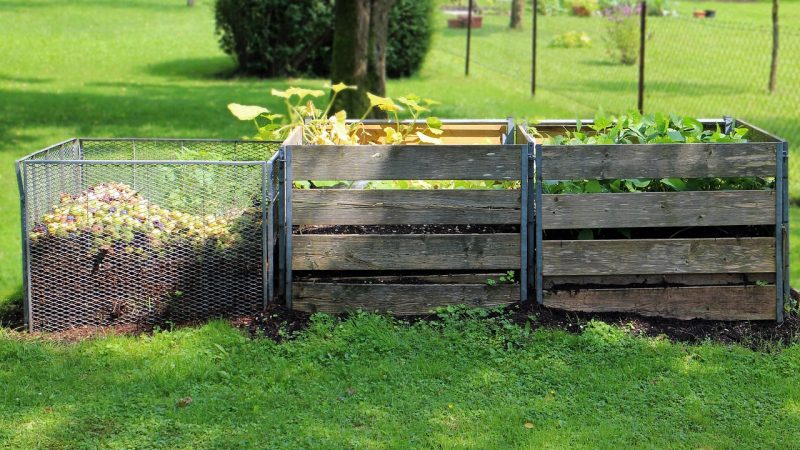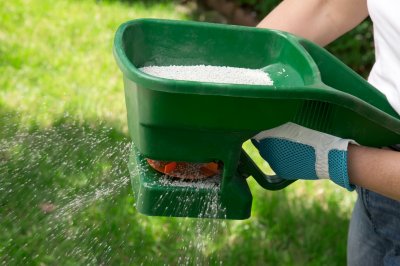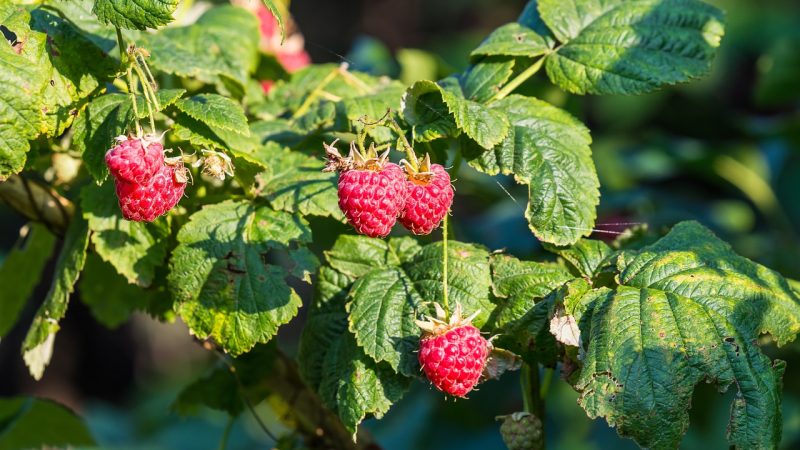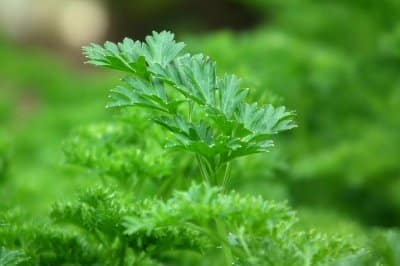Parsley (Petroselinum crispum) is a popular and versatile herb used in a wide range of culinary dishes. It is relatively easy to grow, and you can either sow it directly in the garden or start it indoors before transplanting. Here are some helpful tips for sowing parsley:
**1. Timing: Parsley is a cool-season herb, and it grows best in temperatures between 50°F to 75°F (10°C to 24°C). It’s a biennial plant, meaning it completes its life cycle in two years, but it’s often grown as an annual for its leaves. Start sowing parsley in early spring, after the last frost date, for a summer harvest. In mild climates, you can sow parsley in the fall for winter harvest.
**2. Seed Selection: Choose high-quality parsley seeds from a reputable source. There are two main types of parsley: flat-leaf (Italian) parsley and curly parsley. Both are delicious and commonly used in cooking, so select the variety you prefer.
**3. Soil Preparation:
- Parsley prefers well-draining, fertile soil. Amend the soil with organic matter like compost to improve its texture and nutrient content.
- Ensure the soil pH is around 6.0 to 7.0, which is slightly acidic to neutral.
**4. Direct Sowing:
- If sowing directly in the garden, create shallow furrows in the soil about 1/4 inch deep.
- Space the furrows about 12 inches apart to allow parsley plants to grow without overcrowding.
**5. Sowing Depth:
- Parsley seeds are small and slow to germinate. Sow the seeds about 1/4 inch deep in the furrows.
- Optionally, you can soak the seeds overnight before sowing to improve germination.
**6. Germination and Thinning:
- Parsley can take 2 to 4 weeks to germinate. Keep the soil consistently moist during this period.
- Once the seedlings have grown a few inches tall, thin them to provide adequate space. Leave about 6 to 8 inches of space between plants.
**7. Watering:
- Parsley prefers consistently moist soil, but it doesn’t like to be waterlogged. Water the plants deeply whenever the top inch of soil dries out.
**8. Sunlight:
- Parsley grows best in partial shade to full sun. It can tolerate some shade, especially in hot climates, where it helps prevent the plant from bolting (going to seed) prematurely.
**9. Fertilization:
- Parsley is not a heavy feeder, but you can apply a balanced fertilizer once or twice during the growing season to support healthy growth.
**10. Harvesting:
- You can start harvesting parsley leaves when the plants have several sets of true leaves.
- Harvest outer leaves as needed, leaving the inner ones to continue growing. This way, the plant will continue producing new growth throughout the season.
By following these tips, you can successfully sow and grow parsley in your garden or containers. Parsley is a wonderful addition to any herb garden, and having fresh parsley at hand can elevate the taste of your dishes to a whole new level.







